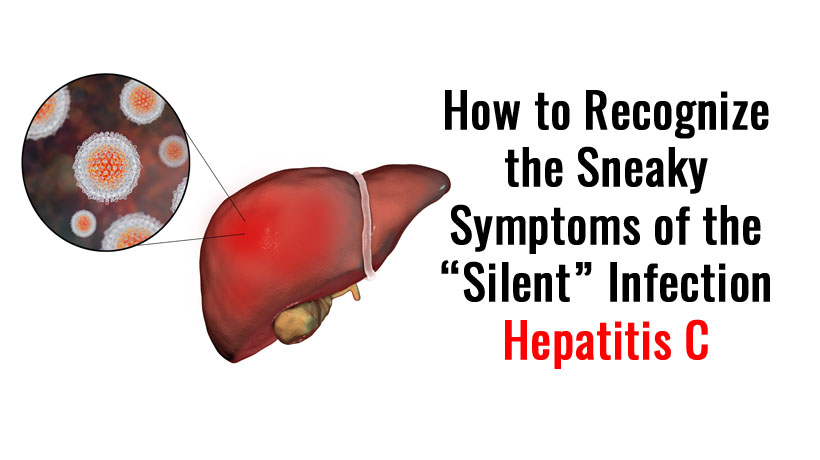Hepatitis C is a viral infection that causes liver inflammation, and can sometimes lead to serious liver damage.
In 2010, there were an estimated 3.5 million people in the United States with chronic hepatitis C.
The hepatitis C virus spreads through contaminated blood. Today, most people become infected with the hepatitis C virus by sharing needles or other equipment to prepare or inject drugs. Having sexual contact with a person infected with the hepatitis C virus can also spread the virus. However, before 1992, hepatitis C was also commonly spread through blood transfusions and organ transplants. After too many cases of the condition, widespread screening of the blood supply in the United States limited this source of infection.
The U.S. Center for Disease Control and Prevention recommends a one-time screening blood test for anyone at risk of the infection. The largest group at risk includes everyone born between 1945 and 1965—a population that is considered to be five times more likely to be infected than people born outside of that period.
Hepatitis C can range from a benign illness that lasts a few weeks to a serious, lifelong illness; it is described as “acute,” meaning new, or “chronic,” meaning lifelong. Acute hepatitis C includes the first six months after someone is exposed to the virus. Though short-term, in most patients, acute leads to chronic infection. Left untreated, chronic hepatitis C can cause serious health problems, including liver damage, cirrhosis (scarring of the liver), liver cancer and even death.
Most recently, chronic hepatitis is finally curable by oral medications taken every day for two to six months. Still, about half of those with the virus don’t know they have been infected because symptoms can take decades to appear. Learn to recognize the signs of hepatitis C, both acute and chronic, in our article below:
Early stages
Acute hepatitis C usually goes undiagnosed because it will rarely cause symptoms.
When present, signs may include jaundice (yellow discoloration of the skin and eyes), fatigue, nausea, fever and muscle aches.
Acute symptoms appear one to three months after exposure to the virus and last two weeks to three months.
Acute hepatitis C infection does not always have to become chronic, although most cases do.
Later stages
Chronic hepatitis C is usually left undiscerned for many years until the virus damages the liver enough to cause symptoms of liver disease.
When these signs are present, they can include the following: bleeding and bruising easily, fatigue and confusion, decreased appetite, jaundice (yellow discoloration of the skin and eyes), dark-colored urine, itchy skin, ascites (fluid buildup in the abdomen), swelling in the legs, weight loss and spider-like blood vessels on your skin.
Sources:
https://www.mayoclinic.org/diseases-conditions/hepatitis-c/symptoms-causes/syc-20354278
https://www.cdc.gov/hepatitis/hcv/cfaq.htm



